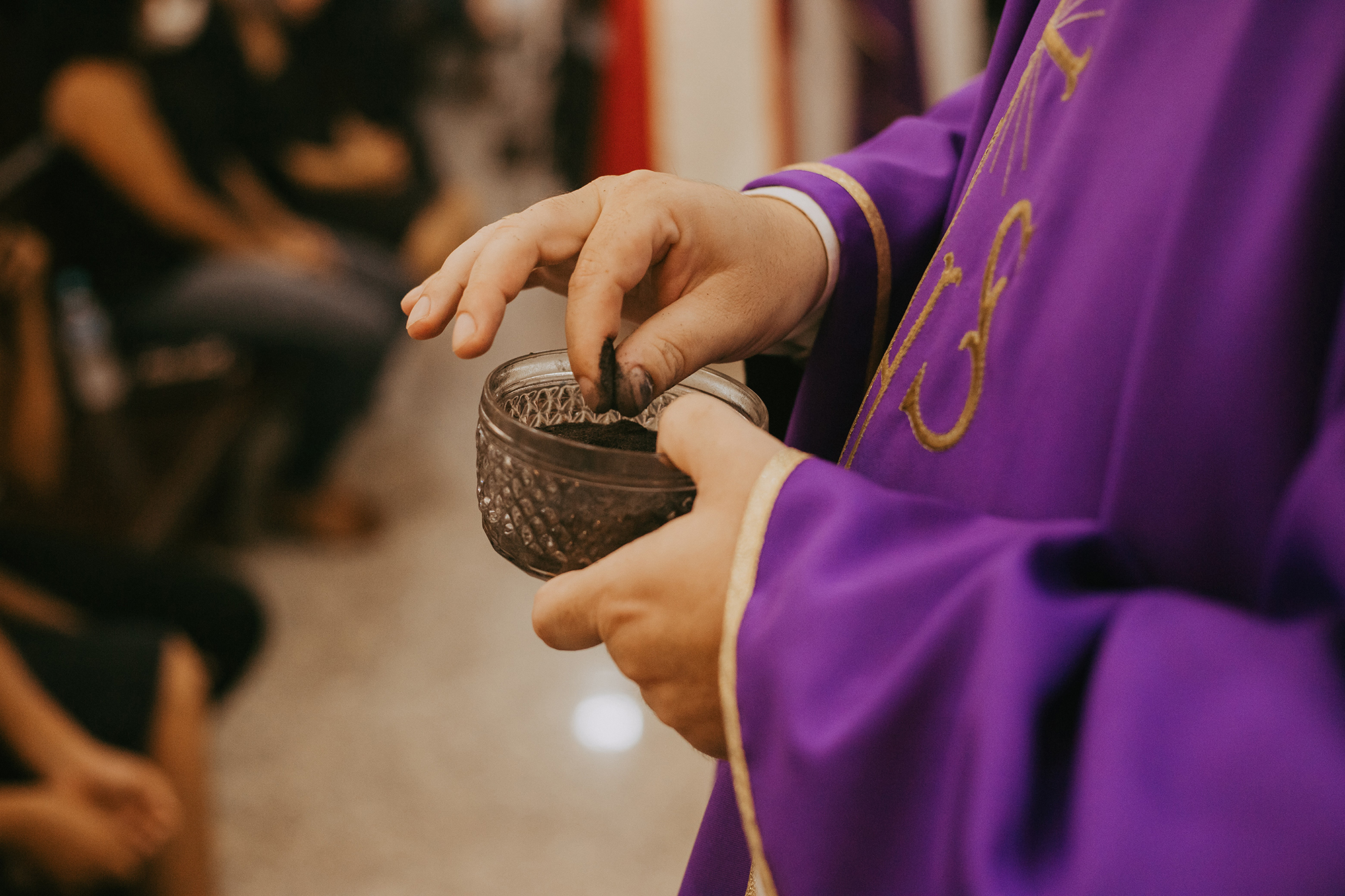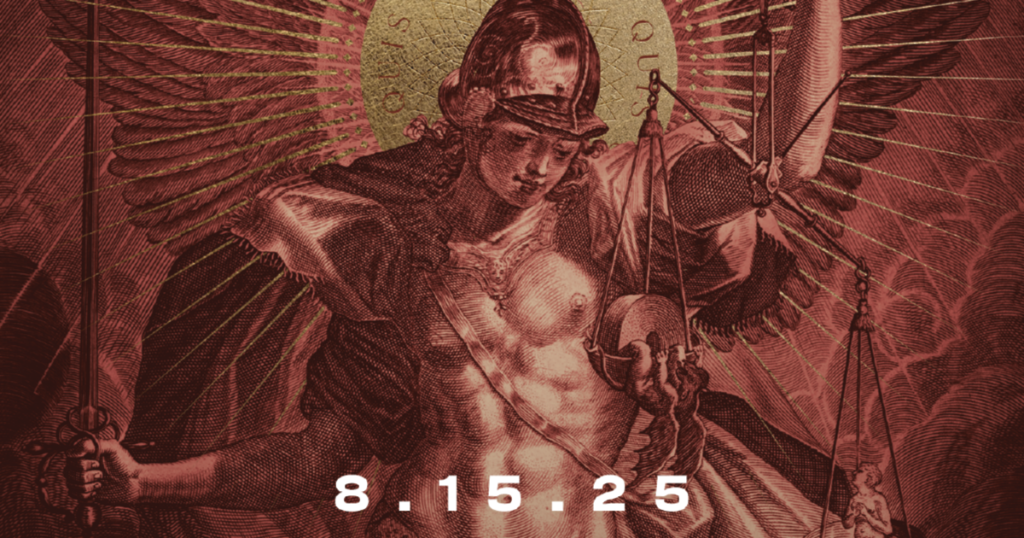Why do we wear ashes on Ash Wednesday? While it might appear to be an arbitrary ritual and often mistakenly seen as a display of self-pity, it is a very ancient tradition that is fundamentally meant to lead us into a state of humility. Ashes symbolize humility because they represent the fundamental truth of human mortality and the transient nature of earthly life, reminding us of our origin from dust and eventual return to it.
Old Testament Roots
Using ashes in liturgical ceremonies is deeply rooted in Old Testament traditions, symbolizing mourning and mortality. In the story of Mordecai from the Book of Esther, the use of ashes as a sign of mourning is depicted. When Mordecai learned of the decree to kill all Jewish people in the Persian Empire, he expressed his grief by tearing his clothes, putting on sackcloth, and putting ashes on his head. He then went out into the city, crying loudly in his distress (see Esther 4).
Job, Daniel, and Jonah also refer to ashes as a symbol of mourning or repentance. In the Book of Job, after suffering immense loss and affliction, Job sat in ashes as a sign of his mourning and repentance (Job 2:8, Job 42:6). Daniel mentioned wearing sackcloth and ashes when praying and confessing his sins and the sins of his people (Daniel 9:3). In the Book of Jonah, the people of Nineveh, including the king, wore sackcloth and sat in ashes as a sign of their repentance (Jonah 3:5-6).
Continued Tradition in the Early and Medieval Church
The use of ashes as a sense of repentance continued during the earthly ministry of Jesus and into the early Church. Jesus alluded to this tradition when teaching about repentance: “Woe to you, Chorazin! woe to you, Bethsaida! For if the mighty works done in you had been done in Tyre and Sidon, they would have repented long ago in sackcloth and ashes” (Matthew 11:21). Prominent early Church figures like Tertullian and Eusebius documented the use of sackcloth and ashes, particularly in public acts of penance, where priests would sprinkle ashes on those who sought reconciliation from grievous sins. The sixth-century Gregorian Sacramentary is the ritual of this tradition, as the “Day of Ashes.” Around the year 1000, Abbot Aelfric encouraged this custom, saying, “We read in the books both in the Old Law and in the new that men who repented of their sins bestowed on themselves with ashes and clothed their bodies with sackcloth. Now let us do this little at the beginning of our Lent, that we strew ashes upon our heads, to signify that we ought to repent of our sins during the Lenten feast.” And in 1091, Pope Urban II recommended the practice be used universally throughout the Church.
By the Middle Ages, the symbolic use of ashes had expanded to include rituals for those near death, eventually becoming a central element in marking the start of Lent. This underscores the importance of ashes as a sign of repentance and recognition of human mortality.
Modern Liturgical Use of Ashes
Today, the Ash Wednesday liturgy involves ashes made from the burned palms of the previous year’s Palm Sunday. These ashes are blessed and placed on the faithful, serving as a poignant reminder of our mortality and a call to repentance.
When you receive ashes this year, remember Mordecai, Job, Daniel, and the Ninevites. You are continuing a very ancient tradition of repentance. The ashes should remind you of your sins and inspire you to repent. Just as medieval penitents would spend Lent preparing for reconciliation on Holy Thursday, you should take this opportunity to prepare yourself for Confession. Let this reminder of your mortality prompt you to seek forgiveness for your sins.
“Remember that you are dust, and to dust, you shall return.”





